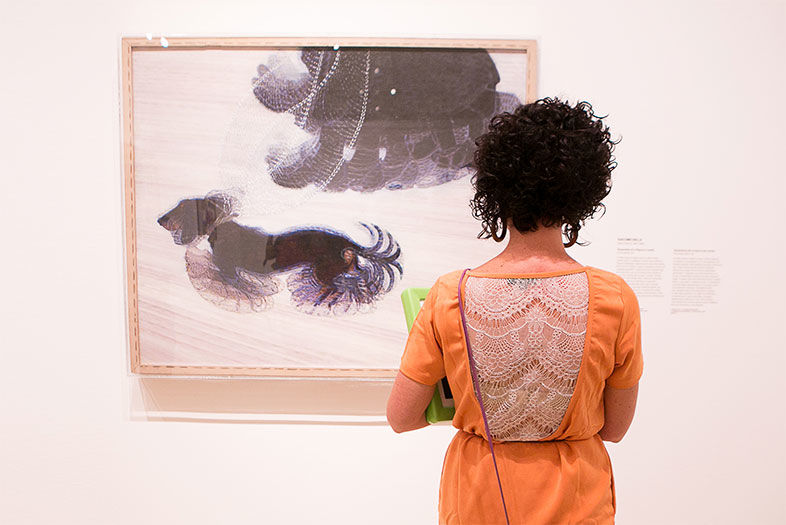It’s been a truism for decades in the performing arts that the existing base of loyal supporters—subscribers and donors, the lifeblood of nonprofit arts organizations—is getting older, with no significant younger base rising up to replace it. Whatever the underlying reasons—a faltering economy, changing tastes in entertainment, cuts to arts education in the schools—this demographic change is seen as a real existential threat to arts organizations, not just in San Diego but across the country.
As a result, performing arts organizations lay out a variety of programs to reach out to younger audiences and try to convert them into supporters. These can include school programs, discounted tickets, and special events. But with the domination of online entertainment and social media, this outreach has become more important than ever. We checked in with some local mainstays of the art scene to see what they’re doing to ensure long-term survival.
Taking the opera to the streets
Expanding the audience base became suddenly, especially crucial to San Diego Opera after its unprecedented 2014 campaign to save the company succeeded. One of the first decisions made by new general director David Bennett was to begin rebuilding education and outreach programming that had been decimated by the previous administration in an effort to cut costs. This included bringing back the popular Opera on the Concourse program, in which singers from the current opera perform free lunchtime concerts on the concourse in front of San Diego Civic Theatre. It also meant reinstating the policy of allowing students and their chaperones to stay for the entire performance at student dress rehearsals.
Bennett engaged in an extensive listening tour during his first year as general director, and he says that the community felt it was important for them to have an opera company, but they weren’t sure why.
“Having a different opera repertoire in different spaces, creating a pathway for people to engage with opera where they are, reduces the barriers to them going to the theater,” Bennett says. That led to the launch of the opera’s new Shiley Detour Series, which will present “everything other than grand opera,” at smaller venues. This season the series includes the premiere of Soldier Songs by composer David T. Little, based on reflections on war by veterans who were involved in five major foreign conflicts; and Peter Brooks’s Tragedy of Carmen, an intense, stripped-down version of the popular opera Carmen.
Another new initiative launched by San Diego Opera this season is Opera on Track, a collaboration with the Metropolitan Transit System to bring the Opera’s young artists to trolley stops and venues within close walking distance of the trolleys to perform a 30-minute version of Rossini’s Cinderella, which opens the 2016–17 season. The first Opera on Track performances in September were a hit: entire families attended and kids even dressed up in Cinderella costumes. Will these convert to ticket buyers during the main season, and eventually subscribers and donors? It’s too soon to tell, but Bennett says the bottom line is only part of the point.
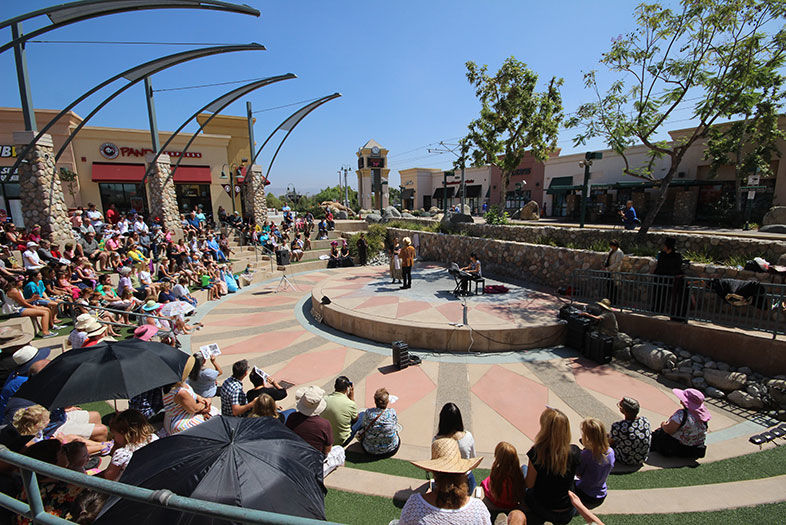
Wanted: Millennials Who Love the Arts
Cast members with San Diego Opera performed short concerts from Rossini’s Cinderella near the trolley station in Santee as part of the new Opera on Track program.
“We now realize that it’s less linear than people think,” he explains, referring to the theory that investing in education and outreach programs should result in “butts in seats.”
“Providing an experience for audiences to see performances in nontraditional venues is every bit as valid as seeing grand opera on the stage, in the theater. It shows the opera company is an active part of the civic fabric of the community, and can be outwardly focused while still producing great work onstage.”
“We’ve been talking about the aging of the donor base since the 1960s,” Bennett continues. “It’s just a fact that as people get older, they often have more resources and free time, and that’s when they become more active as supporters. But previous generations had more exposure to the arts than young people do now—they were raised to believe the arts as part of civic life was a given. So our task is to create a conversation so that successful entrepreneurs should see why they should not just sink money into other entrepreneurs, but give back to the city to make it a better and more attractive place for entrepreneurship.”
Art after dark
Without live performances to preview and take to the streets, the San Diego Museum of Art has to take a different tack to attract young patrons. Director of Museum Advancement Elizabeth Kaplan says SDMA’s strategy to draw in millennials falls into two categories: events and digital efforts. Or, to put it another way: great parties and social media.
Begun eight years ago, the museum’s quarterly Culture & Cocktails parties have exploded in popularity, and today draw between 1,200 and 1,400 attendees. These after-hours events are themed for a current exhibition at the museum, such as The Art of Music or Venetian Views, and feature exotic cocktails, a DJ, special activities, and an Insta-worthy photo booth. Kaplan says Culture & Cocktails has become so popular that tickets are now sold online in advance. Attending Culture & Cocktails is also a good introduction to becoming a museum member, since the discounted ticket ($5 for members versus $25 for nonmembers) makes it well worth the cost of membership if you attend just a few times.
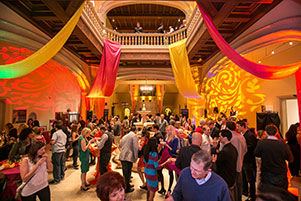
Wanted: Millennials Who Love the Arts
San Diego Museum of Art’s quarterly Culture & Cocktails event has become popular and often sells out.
SDMA has also wholeheartedly embraced the social media boom. “It’s clear to us that millennials really want to connect that way,” says Kaplan, who joined SDMA in 2015. “For something as visual as an art museum, it’s crucial for us to be active on Instagram, Snapchat, Facebook, Twitter—the whole gamut.” SDMA’s social media feeds give people a look behind the scenes and make them feel like insiders, she adds.
It seems no effort has escaped the museum’s strategy to target millennials. Their app has an augmented reality feature that brings self-guided tours of the museum to life, and offers games and other features to spur learning. They’ve hosted social media meetups and flash mobs in the galleries, and drawn in visitors from the hip Panama 66 brewpub—located in the museum’s sculpture garden—with an “Art After Hours” $5 admission until 8 p.m. on Fridays.
What’s the return for all these efforts? Kaplan has no doubt that they will pay off in the long run. “We must change with the times,” she says forcefully. “We cannot be the old, stodgy museum. Young kids and teens are interactive; that’s where they live. We have to be doing all we can to bring them in and teach them something interesting. It’s very challenging for all museums and age groups—the older generation used to support as a matter of course. The younger ones need to be convinced. But if we do not bring them in, we may not exist in 10 or 20 years. Yes, we are pouring resources into these outreach efforts, but we’re being smart about how we go about it, keeping a tight budget. And it will be worth it.”
Bringing out the Bard
For its part, The Old Globe theater now considers outreach to the community such a priority that in 2015 it created the new position of director of arts engagement, filled by a transplanted New Yorker named Freedome Bradley-Ballentine. The theater has given him a lot of leeway to redesign how it connects to the community and to younger patrons.
In addition to student outreach via residency programs at high schools and seminars at community colleges, the theater launched Globe for All, a new program that tours stripped-down Shakespeare productions to unconventional venues like prisons, homeless shelters, and veterans’ centers.
The Globe also hosts Out at the Globe, a preshow mixer in support of the LGBT community including drinks, appetizers, and door prizes. And to make tickets affordable for a younger audience base, anyone under the age of 30 can qualify for $20 discounted tickets for select performances.
Banding together
San Diego Symphony’s CEO, Martha Gilmer, echoes the feeling that access and affordability, as well as feeling welcome, go a long way toward encouraging younger people to try something new. “When you attend our concerts, you will see many young people in the audience, but, of course, we all could be doing so much more,” she says. “I think millennials are interested in the total experience, which includes not only the performance, but also the opportunity to learn more and have a sense of what happens behind the scenes.”
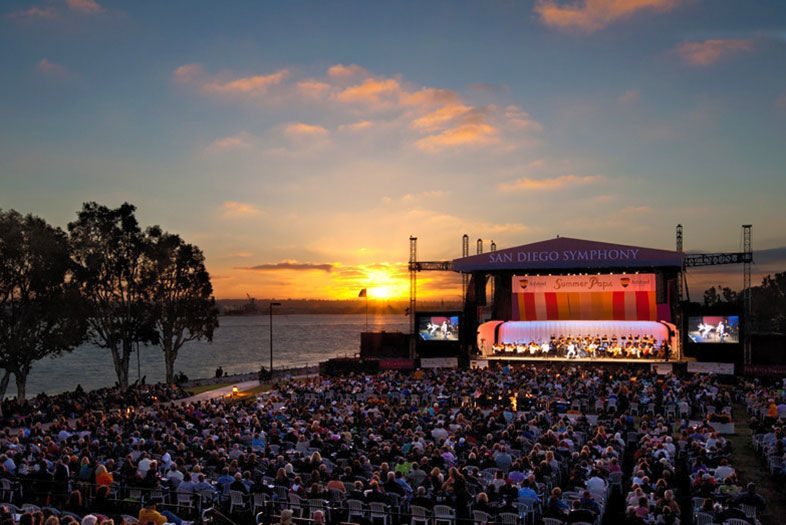
Wanted: Millennials Who Love the Arts
The Symphony’s Summer Pops Concerts bring music to the bayside.
Gilmer, who took over as CEO in 2014, says this year they are launching a new “Encore” membership group that will offer some type of event every month. For a $150 membership, which includes tickets to four concerts over the course of the season, members can have a backstage tour, meet the musicians, help out at a children’s concert, and meet up with new friends to learn to play an instrument, if they like.
“We are also partnering with every downtown residence within walking distance of the Jacobs Music Center and offering two free tickets to one concert as a way to ‘get to know our neighbors,’” Gilmer says. “Since many young people are moving into downtown, we really want them to feel that the Jacobs Music Center is a place to go for classical, jazz, world music—every kind of music. And it’s affordable.”
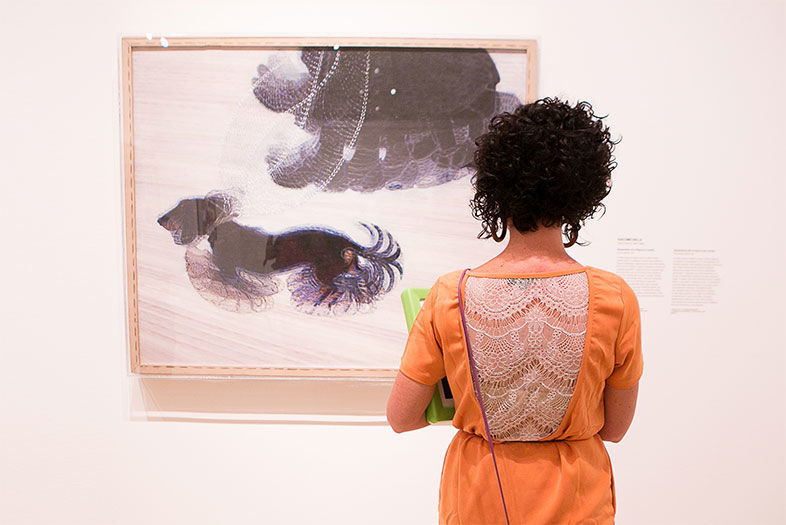
PARTNER CONTENT
Wanted: Millennials Who Love the Arts









